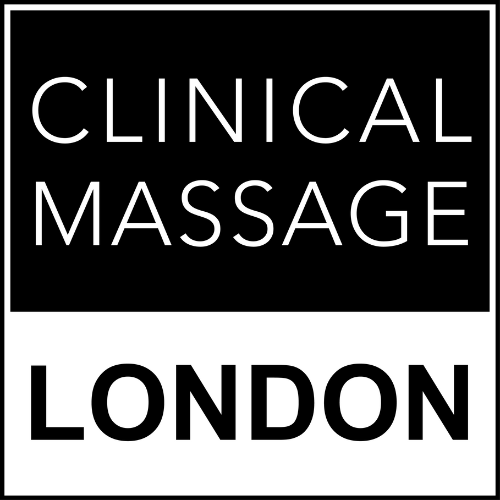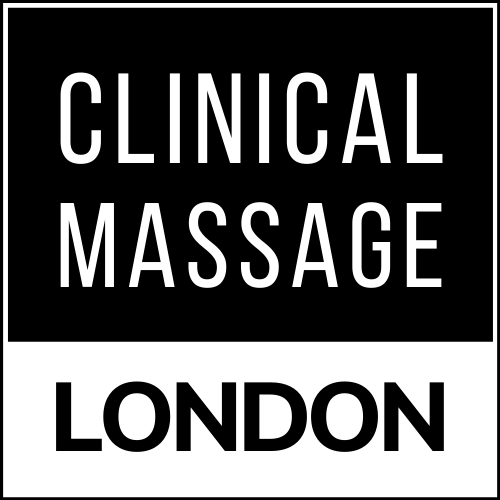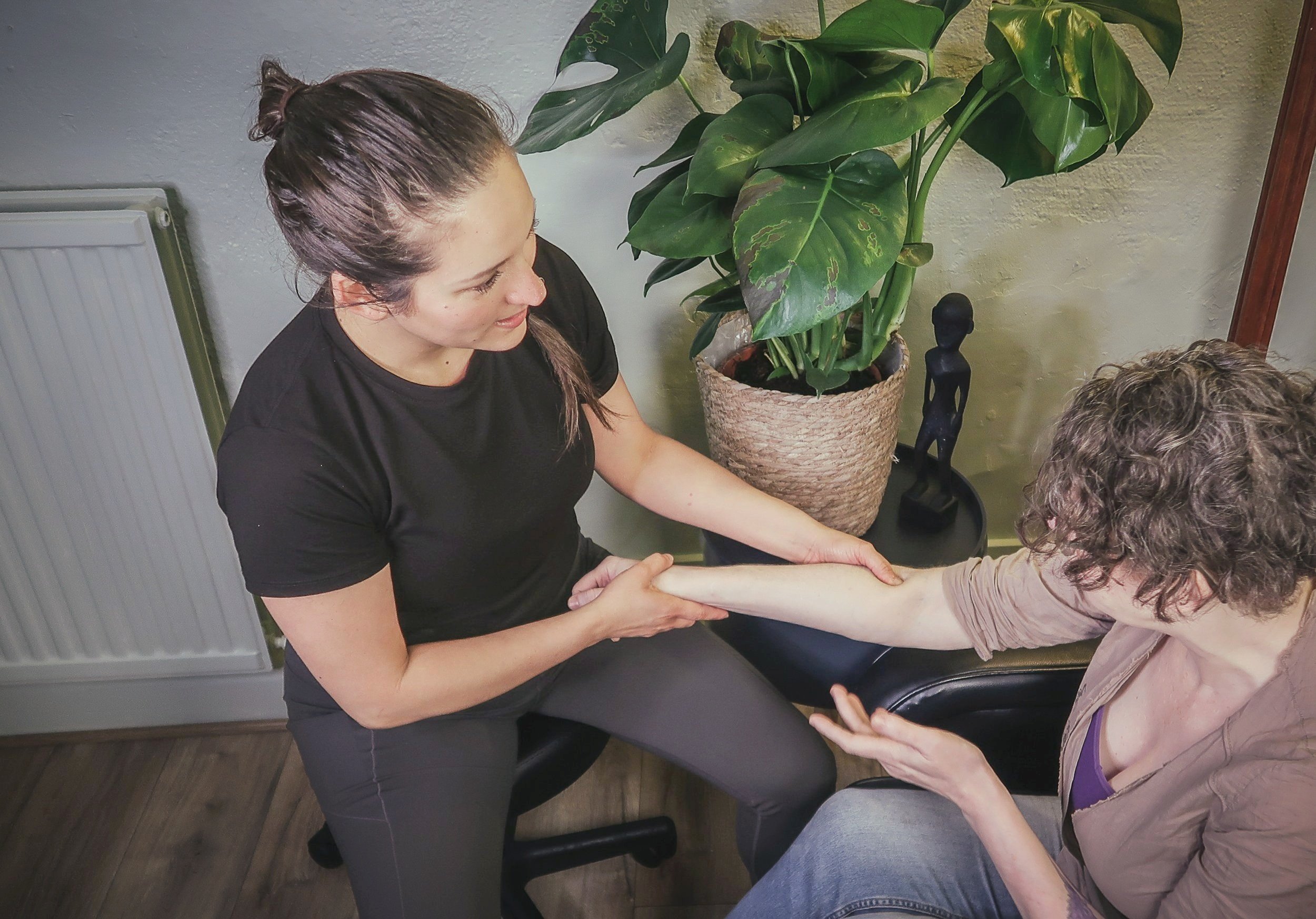
Pre-treatment Consultation
Each clinical and sports massage session starts with a brief consultation where I ask what your treatment goals are. These could be anything from relaxation, to pain relief, improving mobility, rehab or injury prevention. If it’s relevant, we’ll discuss your daily activities, health history and the nature of your discomfort or pain before agreeing on a treatment plan for the session.
If you have any specific pain issues we might do a brief physical assessment, taking a quick look at your range of movement and asking which movements cause you pain, if any - and if so, to what degree?
This provides us with a handy benchmark, so we can reassess at the end of the session to determine what impact the treatment has had on pain levels and ease of movement.

There are many reasons why people come for a massage.
The level of detail we go through during our consultation will depend on your treatment goals.
For example, if you are just coming to relax we might simply discuss what areas you find most relaxing to have worked on so we can include that in the session. If you are recovering from an injury, we might discuss the nature of your injury and what your current goals are regarding recovery.
-
Research has shown that massage therapy can reduce stress on both physical and psychological levels.
Trigger point therapy being associated with a decrease in heart rate, systolic blood pressure and diastolic blood pressure
Measures of oxygen consumption, blood pressure, and salivary cortisol levels lowered after a 10 to 15 minute chair massage in controlled studies
Changes in psychological states measured by - physiological responses, the Perceived Stress Scale, the POMS Depression Scale, and the Anxiety State Scale
-
Contrary to what you may think, a deep pressure when applied slowly, mindfully, and executed with intention can be seriously relaxing.
So a clinical and sports massage can be both relaxing and therapeutic - the perfect combo of me-time and self care
-
Deep gliding techniques
Promote tissue fluid movement & reduce muscle tightness by stretching individual contractile units in the muscle
Deep stripping techniques
Reduce hypertonicity and increase pliability in the muscles & encourage elongation in the muscle tissue
Static compression techniques
Address localised muscle dysfunctions such as trigger points & help to reset the proprioceptive activity from muscle spindles that interrupt the perpetual contraction process in the muscle
Passive and active stretching techniques
Help to encourage elongation after a massage & advanced stretching techniques employ a neurologic reflex to increase the efficiency of the stretch
-
A lot of the common aches and pains you may experience, such as nonspecific low back pain, neck and shoulder aches - and even symptoms such numbness, tingling, burning or burning sensations - can be related to trigger points - a pervasive source of acute and chronic pain, often overlooked in standard healthcare.
Massage by a well trained practitioner - can be a highly effective way of reducing muscle tightness and trigger points.
After Your Session
Once we have finished the session, you should be feeling better and more relaxed. If it’s relevant, we may repeat some of the basic assessments that we did at the beginning of the session to see how effective our treatment approach has been - including what has or hasn’t worked.
This serves to inform future treatments so we can tailor them with what works best for you as an individual. Depending on what your goals were in the beginning, I may also offer you some simple after-care advice if I think it may be helpful - such as ways to stretch or self massage the areas we worked on during the session.
If you are interested in establishing massage therapy as part of your regular maintenance routine we can discuss areas of unresolved of pain or tightness to include in future sessions, in line with your ongoing treatment goals, and I can rebook you in for your next appointment so you have that ready to go, in your calendar.



